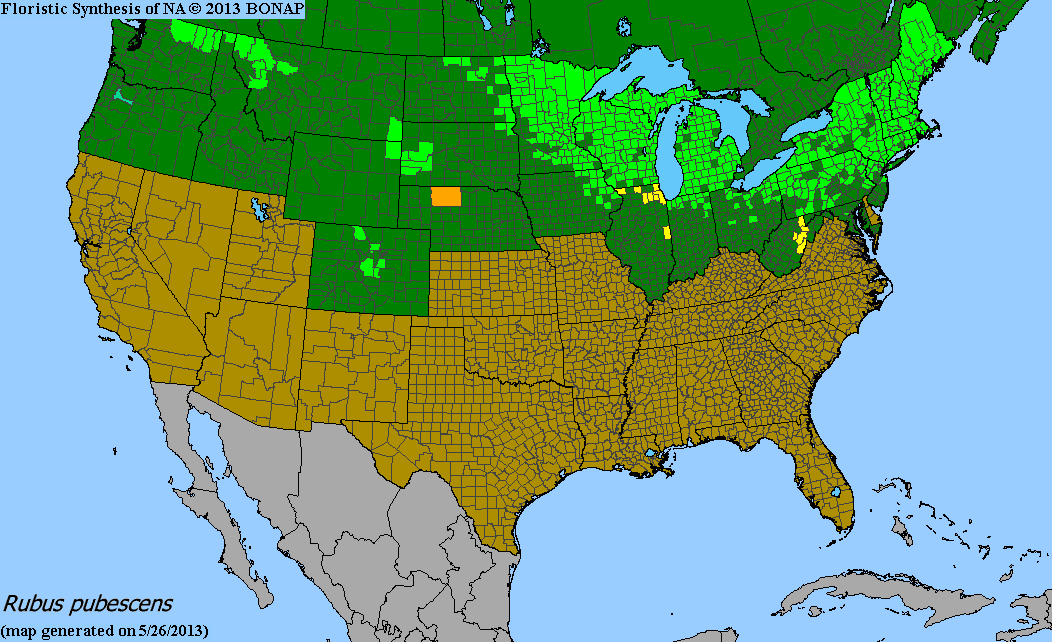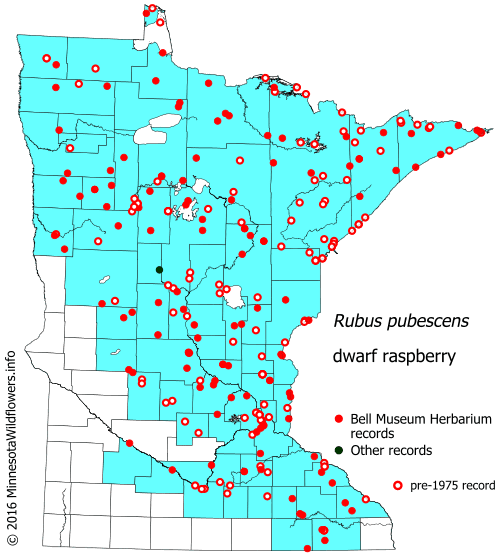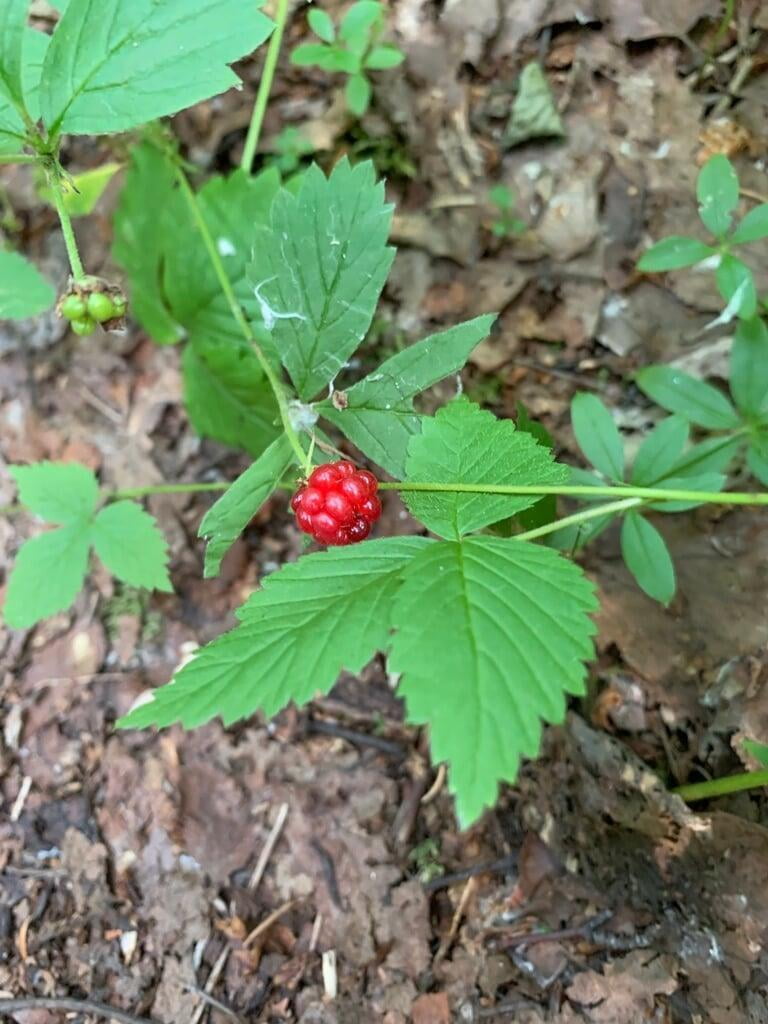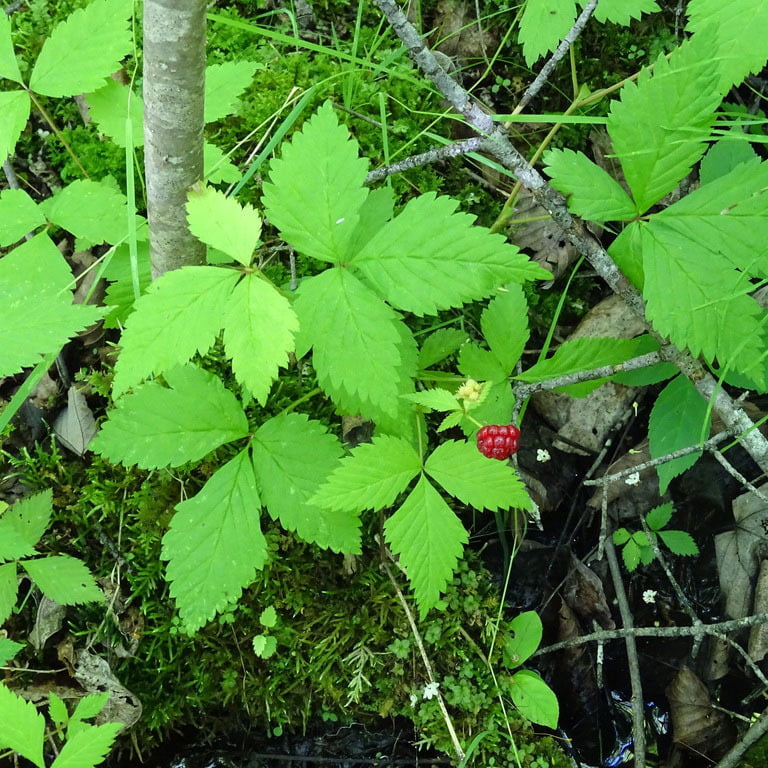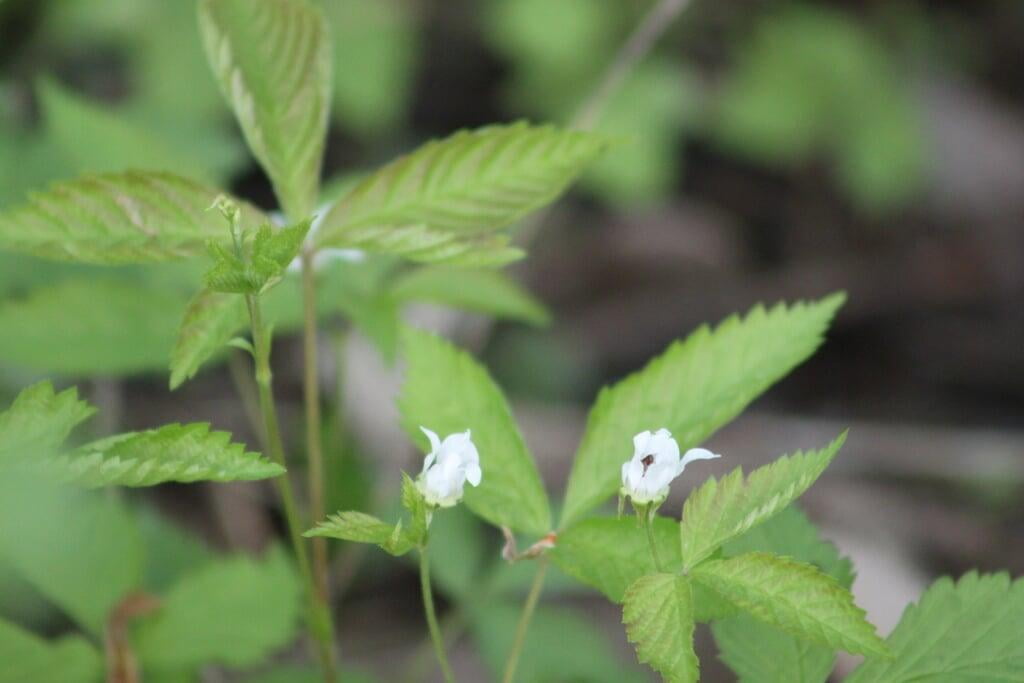Rubus pubescens
Dwarf raspberry Description:
You can edit text on your website by double clicking on a text box on your website. Alternatively, when you select a text box a settings menu will appear. your website by double clicking on a text box on your website. Alternatively, when you select a text box
Native Range:
Dwarf raspberry is found across the northern United States and as far south as Colorado. In Minnesota, Dwarf raspberry is found in nearly all regions of the state with the exception of the far Southwestern regions.
Standard Plant Information:
Plant Height: 4" - 6" inches
Bloom Time: May - June
Preferred Habitat: Does well in shade, part shade, to sun. Often found along stream banks, forests, shrub swamps, upland forests, and moist meadows.
Sowing:
For most homeowners, the best option is to scatter seed on the ground by hand broadcasting at a minimum of 16-64 pls ounces per acre. For even coverage, we recommend that you broadcast seed in perpendicular rows across the site to ensure even coverage.
You’ll want to broadcast any grass seed first, which will get raked into the soil lightly. Next, it is ideal to mulch the area lightly with either a clean (no seed) straw or preferably with our native Little Bluestem straw, sold at our retail garden centers. After a light mulching is complete, now it’s time to broadcast your native wildflower seeds, which should not be raked into the soil. A good rain or watering is sufficient to cover the seed.
Planting:
Simply dig a hole in the soil slightly larger than the plant’s roots. Ensure that the soil line of the plant is maintained during the transfer (i.e. the plant should be at the same level with the ground as it was in the pot). Pack any loose dirt back around the plant and make sure you water it well the same day to ensure it has the best chance of survival.


